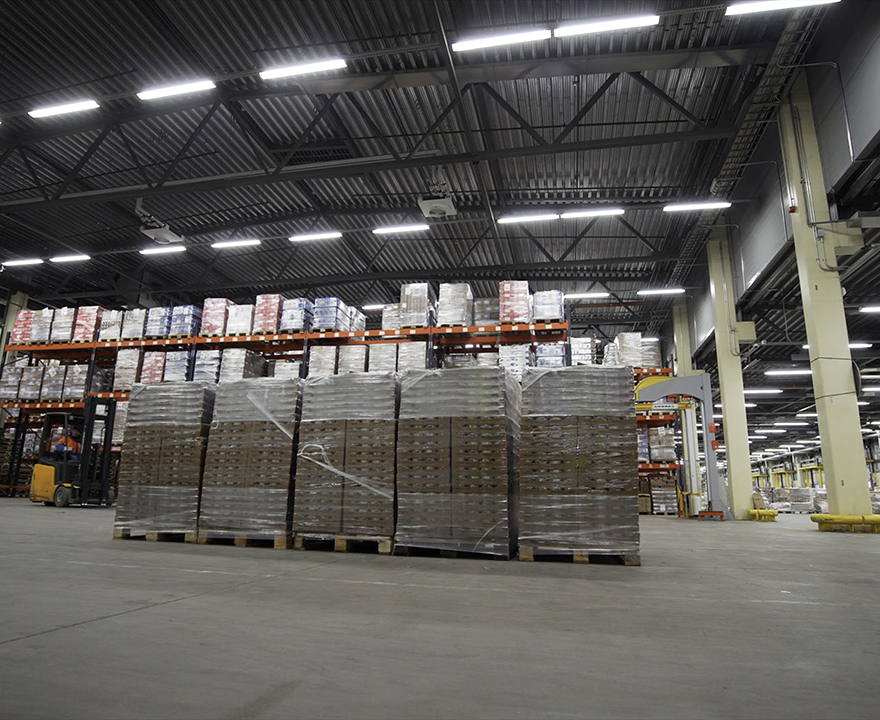Understanding labor issues in logistics

Understanding labor issues in logistics
- April 3, 2024
- UCI-led study examines challenges and opportunities for workers within Amazon’s supply chain
-----
By nearly every measure - revenue, employees, market value and more - Amazon represents one of the world’s largest companies. Its customer-centric aim to provide rapid, on-time delivery of an endless supply of products and services, all with a simple click of a mouse or swipe on a smartphone, relies on a new form of economic organization and hybrid model of capitalism driven by the e-logistics revolution. A study spearheaded by UC Irvine sociology professor David Smith examines this structure to understand benefits and challenges it presents to labor organizing efforts for the company’s more than 1.5 million full- and part-time employees, as well as subcontractors and gig workers. Findings, published in Environment and Planning A: Economy and Space, pinpoint chokepoints in Amazon’s strategy that workers could exploit to earn better pay and working conditions, says Smith.
“Prior to the e-logistics revolution, U.S. manufacturing factories used union labor and were organized according to 'scientific management' or 'Taylorism.' Amazon and its boss Jeff Bezos vehemently oppose unionization in their current facilities, but Amazon's hybrid strategy pulls from these old models while also focusing on the critical efforts – and challenge of finding – steady, hard-working, low-wage workers for their fulfillment centers, warehouses, and delivery trucks," says Smith, the study’s senior author. “Reliance on this model puts these workers at higher risk of injury and turnover, but also offers an opportunity for mass disruption through organized efforts that could earn workers higher wages, among other benefits.”
Coauthors include Spencer Louis Potiker, ’23 UCI global and international studies Ph.D.; Luc McKenzie, UCI sociology Ph.D. candidate; Paul S. Ciccantell, Western Michigan University sociology professor; and Elizabeth Sowers, CSU-Channel Islands sociology associate professor.
To understand how Amazon’s labor is organized and performed, researchers conducted a detailed analysis of the company’s supply chain, combining quantitative data on logistics flows and geographical mapping of key sites with qualitative worker and local business leader interviews. This approach allowed the team to hone in on fulfillment centers as potential chokepoints in Amazon’s supply chain. These nodes, says Potiker, allow for greater potential disruption of Amazon’s business model and therefore increase worker bargaining power.
“The study identifies key sites in Amazon’s extensive supply chain in which workers can maximize their leverage,” says Potiker. “Amazon builds in redundancies to their supply chain due to potential contingencies such as a work stoppage so that if the flow of goods is slowed down or stopped at one site, they can shift distribution to another place along the supply chain.”
“Our study identifies those sites that Amazon would have the most difficulty replacing - sites where workers can leverage maximum power along the supply chain in effect, choking distribution,” he says. “Some of the challenges for building worker power at these nodes include high levels of worker turnover as well as the use of precarious immigrant and racialized labor, characteristic of Amazon’s larger business model.”
“Such challenges also create opportunities for broader coalitions between labor and community groups,” adds McKenzie. “The air quality impacts of the logistics industry in places such as Southern California’s Inland Empire are showing ways labor, environmental justice, and other community organizations mobilize together in response to rapid warehouse growth often led by Amazon.”
Future work from the researchers aims to extend these findings globally and ultimately empower workers who hold the key to reshaping the landscape of labor organizing in the logistics sector.
-----
Would you like to get more involved with the social sciences? Email us at communications@socsci.uci.edu to connect.
Share on:
Related News Items
- Careet RightUC Irvine-led study explores growth, destabilizing factors in world-city formation
- Careet RightUnderstanding racialized labor in global supply chains
- Careet RightUCI sociologists earn American Sociological Association honors, leadership roles
- Careet RightMultiple honors for UCI soc sci's Maricela Bañuelos
- Careet RightAmazon workers who commute across the US-Mexico border every day are organizing for better working conditions


